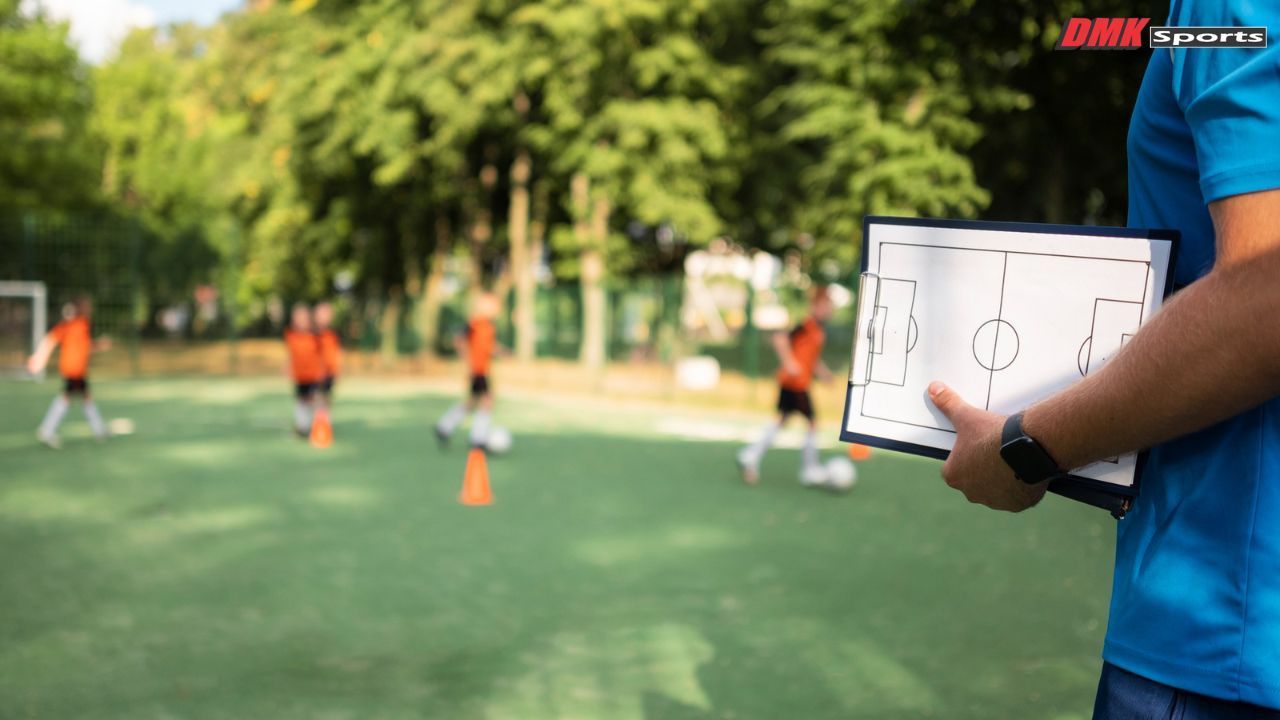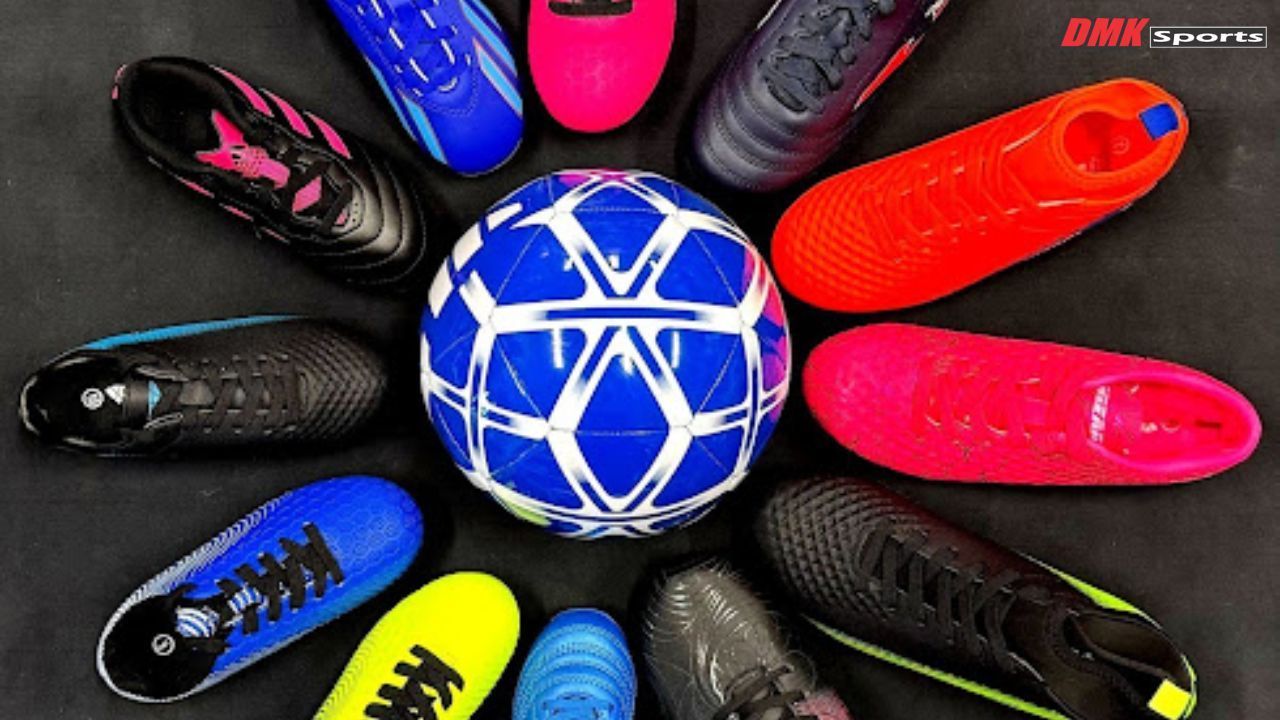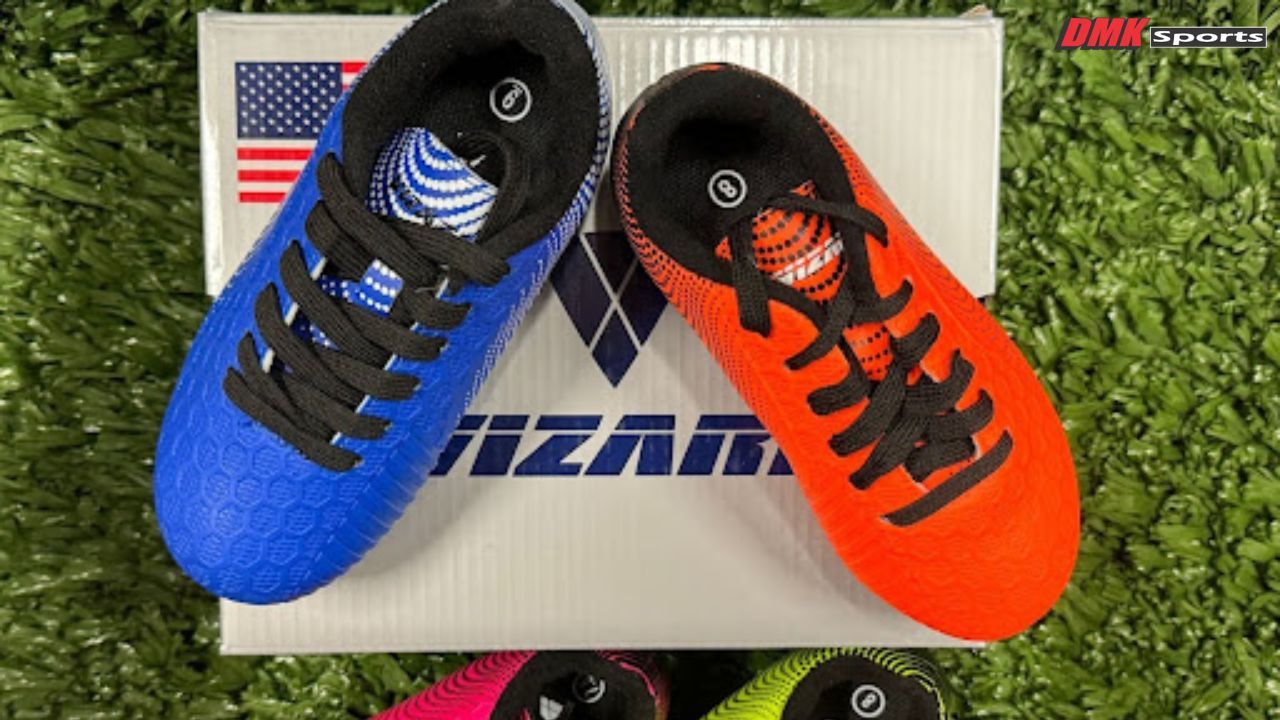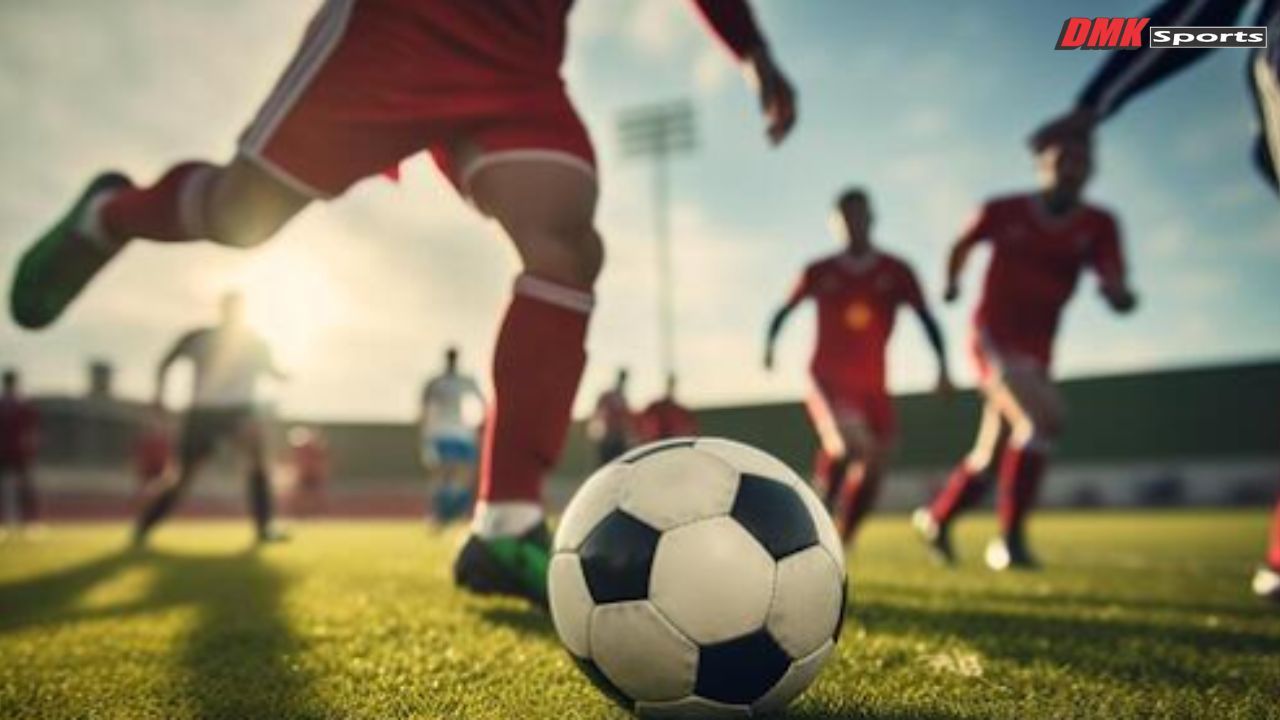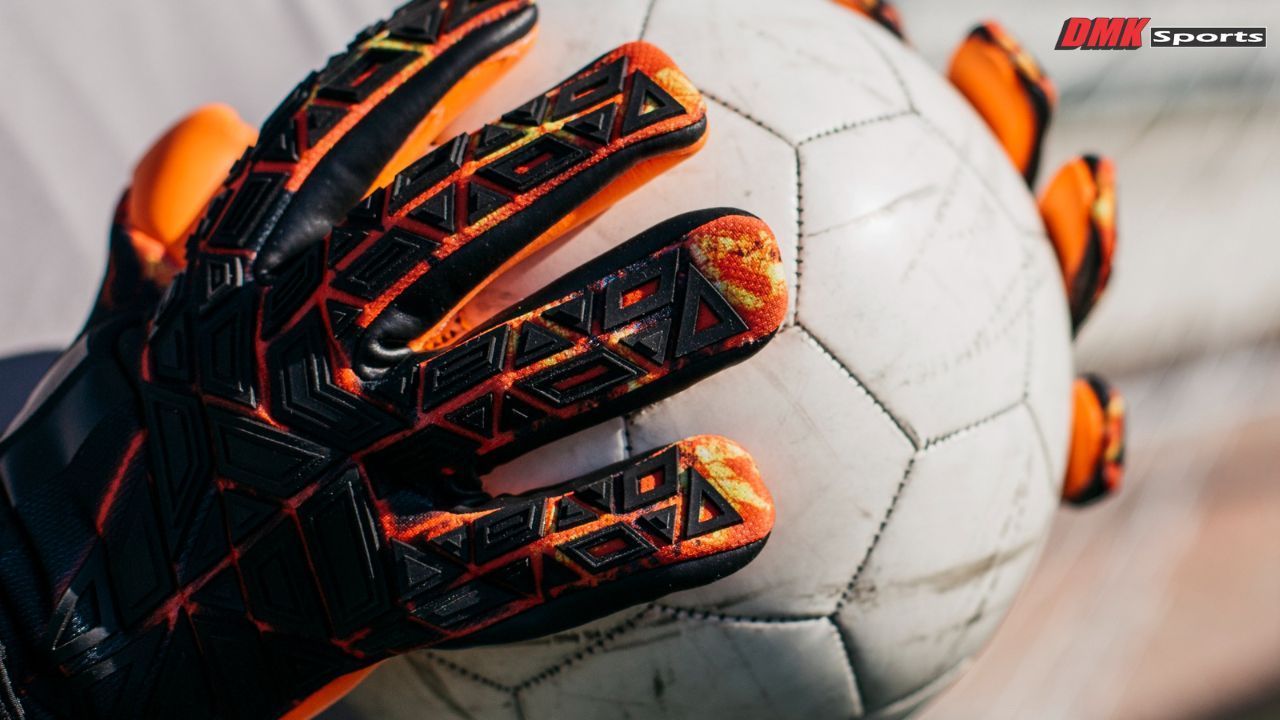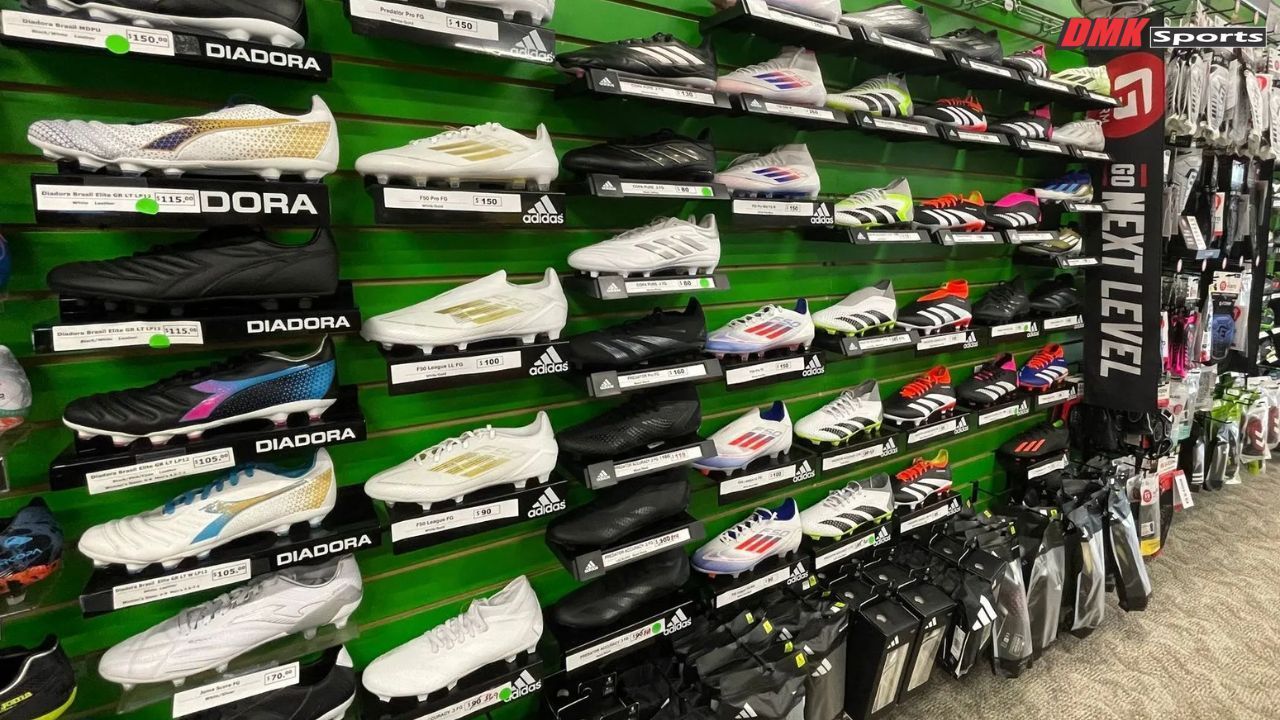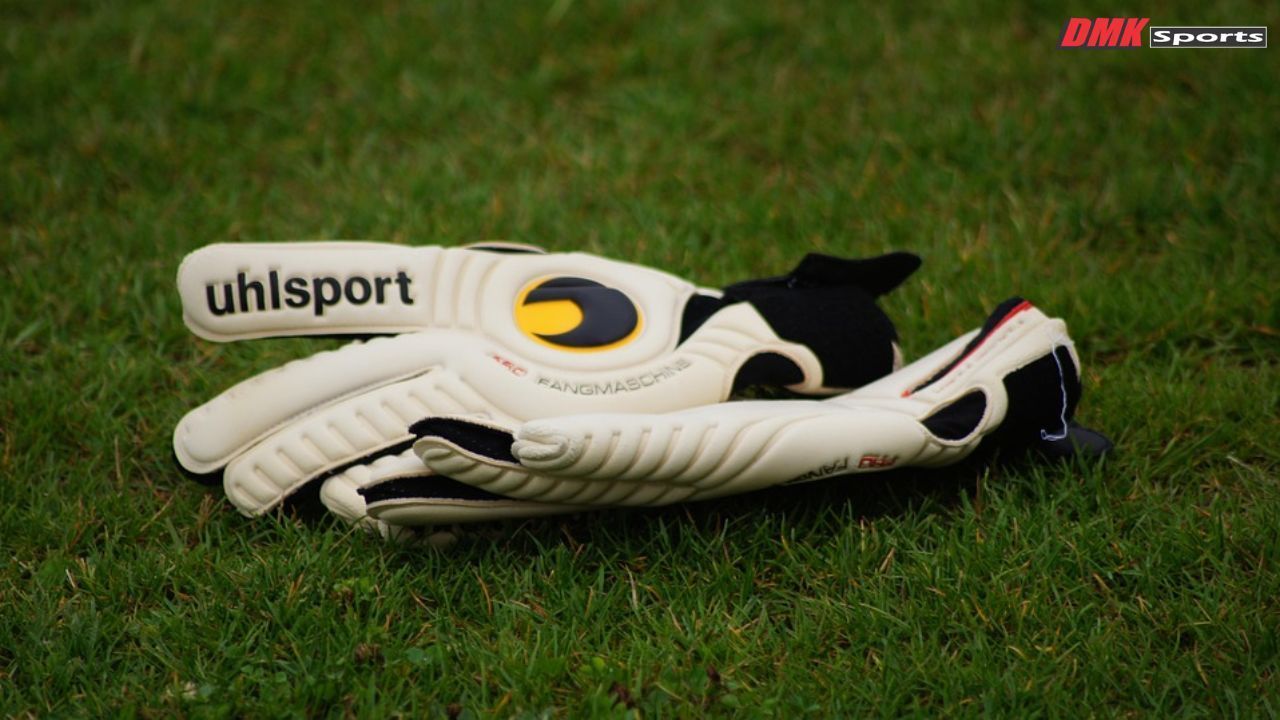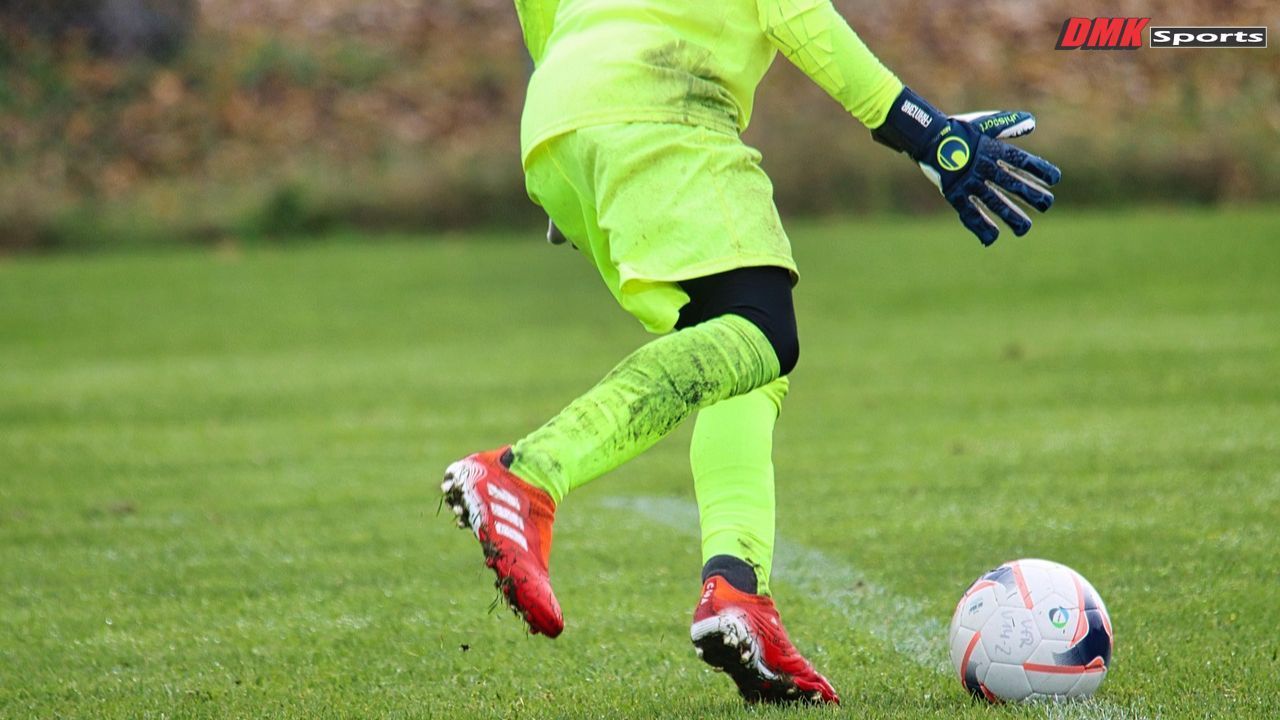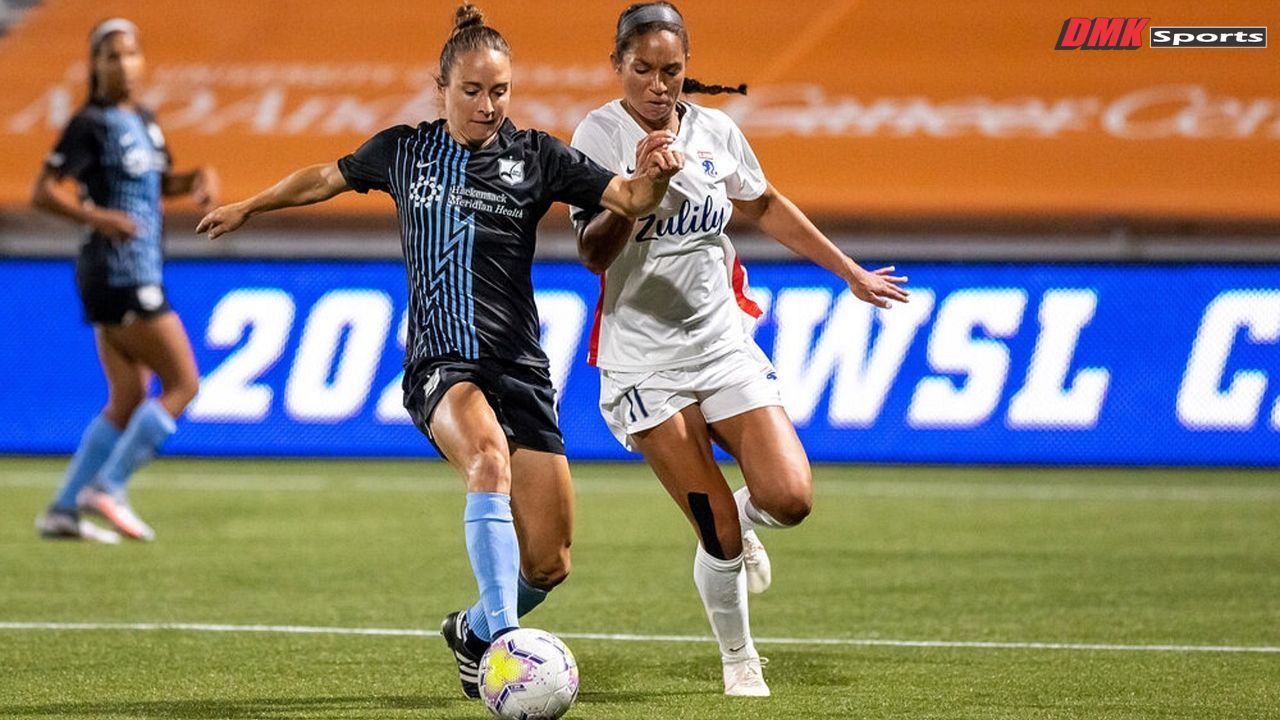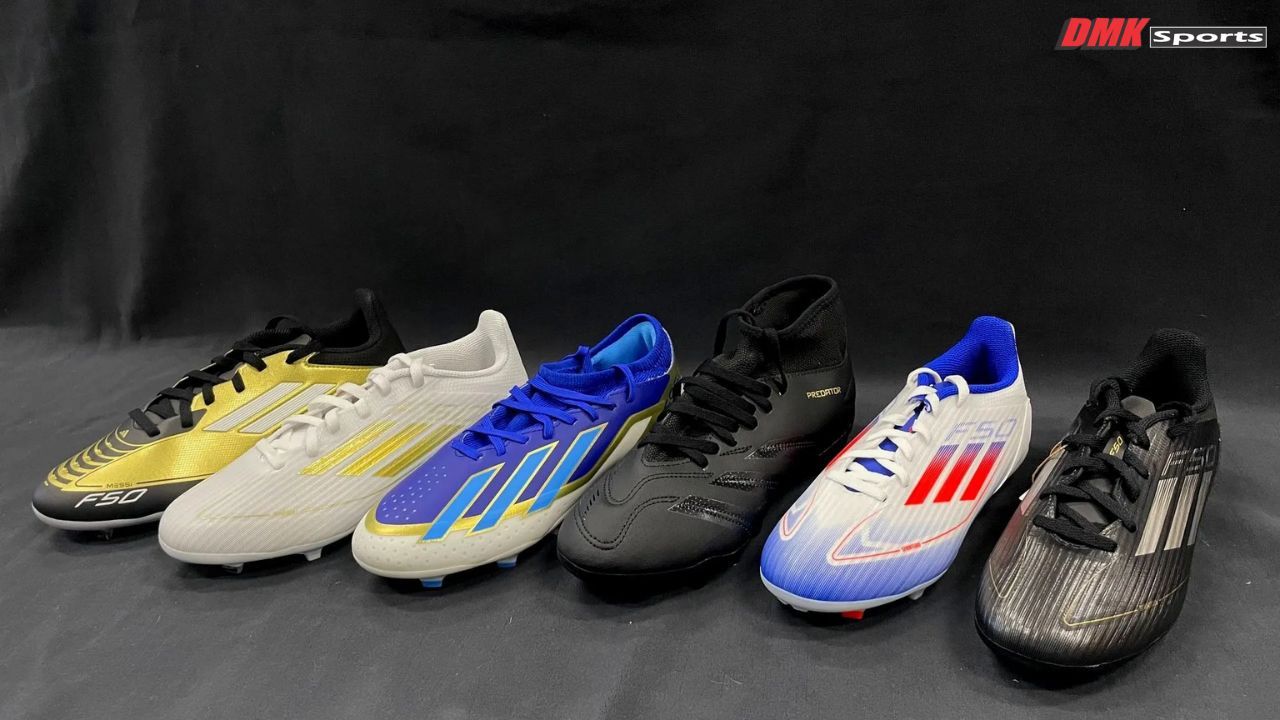Best Soccer Cleats for Preschoolers: Complete Parent Guide
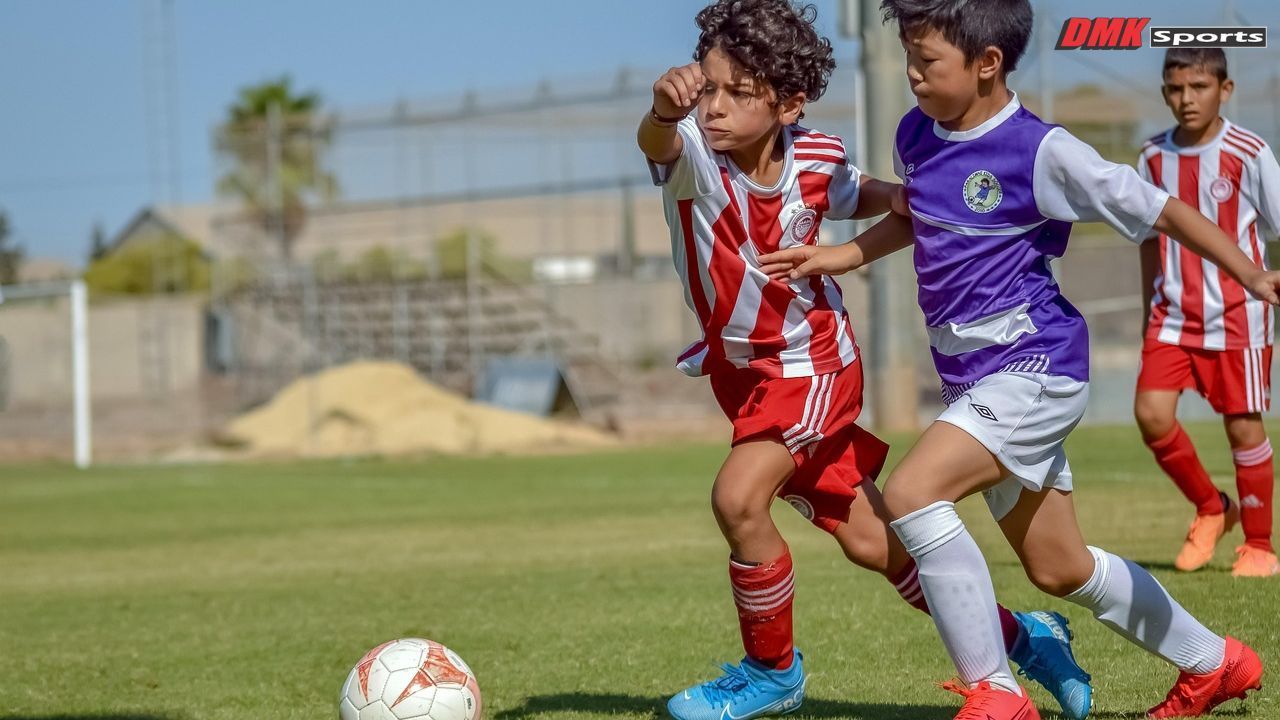
Choosing the right soccer cleats for preschoolers can feel tricky for many parents. At this age, kids are still learning balance and coordination.
The right cleats provide comfort, safety, and lets you play with confidence on the field, read below to know more, additionally you can explore a wide selection of soccer cleats at DMK Sports.
This guide explains everything parents should know before buying cleats for young children.
Why Soccer Cleats Matter for Preschoolers
Preschoolers are in an important stage of growth and movement. Cleats help them stay steady on grass and turf fields.
Proper shoes support their feet and reduce slips or falls during play. Good cleats also help improve comfort and prevent pain in growing joints.
Key Things to Consider Before Buying
Correct Size and Fit
Always measure your child’s feet before buying soccer cleats. A thumb’s width at the toe ensures enough growing space. The heel should fit snugly without slipping out while walking or running. Parents with wide-footed children should consider models designed with extra room.
Material and Comfort
Soft synthetic uppers are lightweight and simple to clean after games. Mesh linings keep feet cool by allowing air circulation during play. Padded insoles provide comfort and reduce foot strain during longer soccer practices.
Stud and Sole Design
Preschoolers do not need sharp or heavy studs. Short molded rubber studs work best for safe traction. For indoor play, non-marking soles prevent slips and protect gym flooring.
Closure Systems
Children at this age often struggle with laces. Velcro straps make it simple for kids to wear and remove cleats independently. Some cleats offer elastic closures for a secure yet flexible fit.
Lightweight Build
Heavy shoes can slow preschoolers and cause early fatigue. Cleats made with lightweight materials allow better running and quick movements on the field.
Best Features Parents Should Prioritize
Flexible Soles
Kids need flexible soles to help natural foot movement. This flexibility supports balance and prevents discomfort when running or kicking.
Lightweight Construction
Lighter shoes reduce strain on small feet during games. Your preschooler will feel more comfortable and active when their cleats do not feel heavy.
Cushioning and Padding
Extra padding around the ankles provides safety during quick turns. Cushioning inside the shoe helps prevent sore feet after extended play.
Easy-to-Use Closures
We find that preschoolers want independence when wearing shoes. Velcro or hybrid closures make cleats simple to manage without adult help.
Safe Stud Patterns
Short, rounded studs are safer for younger players. They provide grip without creating a tripping risk during practice or games.
Breathable Materials
Active kids often sweat while running on the field. Breathable materials prevent moisture buildup and help keep feet dry.
Durable Build
Cleats with reinforced stitching last longer through constant use. Sturdy soles keep shoes from wearing out too quickly.
Indoor vs. Outdoor Soccer Cleats
Outdoor cleats are built for grass and turf fields. They use molded studs to help kids grip the ground. Indoor cleats feature flat, non-marking soles made for gym floors. Always match cleats to the field type for safe play.
Ask the Coach for Advice
Parents often overlook the value of asking the coach for input. Coaches understand which cleats work best for the team’s playing surface.
They also know which designs are safe for preschoolers learning the basics. A coach can guide parents on whether indoor or outdoor cleats are most useful. This advice helps avoid wasted money on the wrong pair of shoes.
Tips to Maintain Soccer Cleats for Preschoolers
Mistakes Parents Should Avoid
Some parents buy shoes that are too large for growth. Oversized cleats cause blisters and may lead to accidents. Others forget to match cleats with the playing surface. Indoor use requires flat soles, while outdoor games need studs. Buying only by brand name is another mistake. Comfort and safety should always come before logos.
Benefits of the Right Soccer Cleats
Soccer helps preschoolers build strength and coordination at an early age. The right cleats encourage them to move confidently and enjoy the game. Comfortable shoes reduce stress on small joints and prevent early fatigue. With the right pair, children focus on having fun instead of sore feet.
Where Parents Can Buy Preschool Soccer Cleats
Parents can find cleats online or in sports shops. Websites like DMK Sports provide many choices with size guides and reviews.
Whether it's a child's first pair of cleats or a more advanced kid looking for a nicer more durable shoe, DMK has a wide variety of youth cleats ranging from size 8c to 6y!
Sports stores also offer expert fitting advice for children’s shoes. Always check return policies in case a different size is needed.
Final Thoughts
If you’re looking for the best soccer cleats for preschoolers then you have to consider factors like comfort, safety, and durability in the soccer cleats. As a parent you should also consider the quality of the cleats, and additionally ask the coach as well for advice about the flexible soles, breathable materials, and safe studs that are available.
Choosing lightweight shoes with easy closures helps kids stay active and independent, you can check the wide variety of youth soccer clients at DMK Sports, DMK has a wide variety of youth cleats ranging from size 8c to 6y!. Investing in quality cleats ensures children start their sports journey with confidence.
